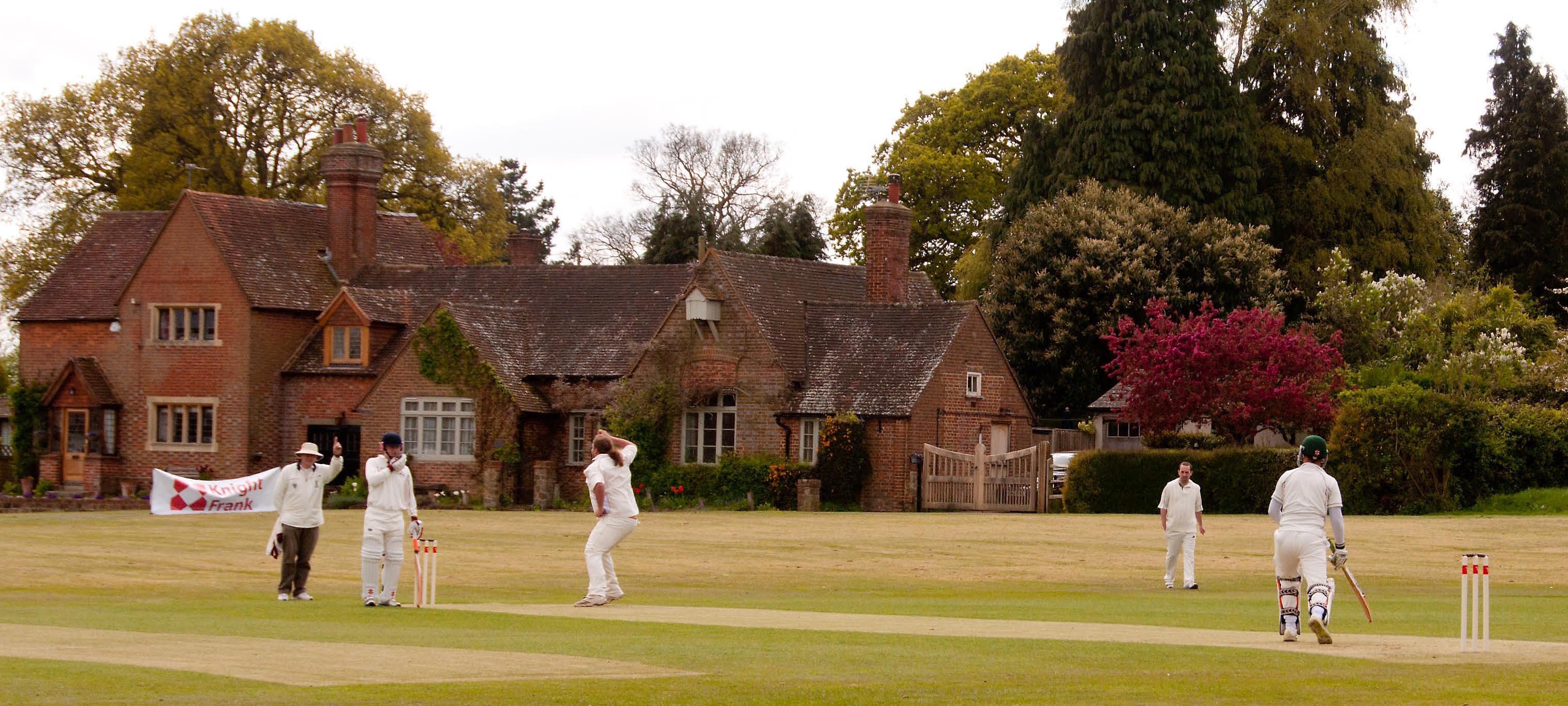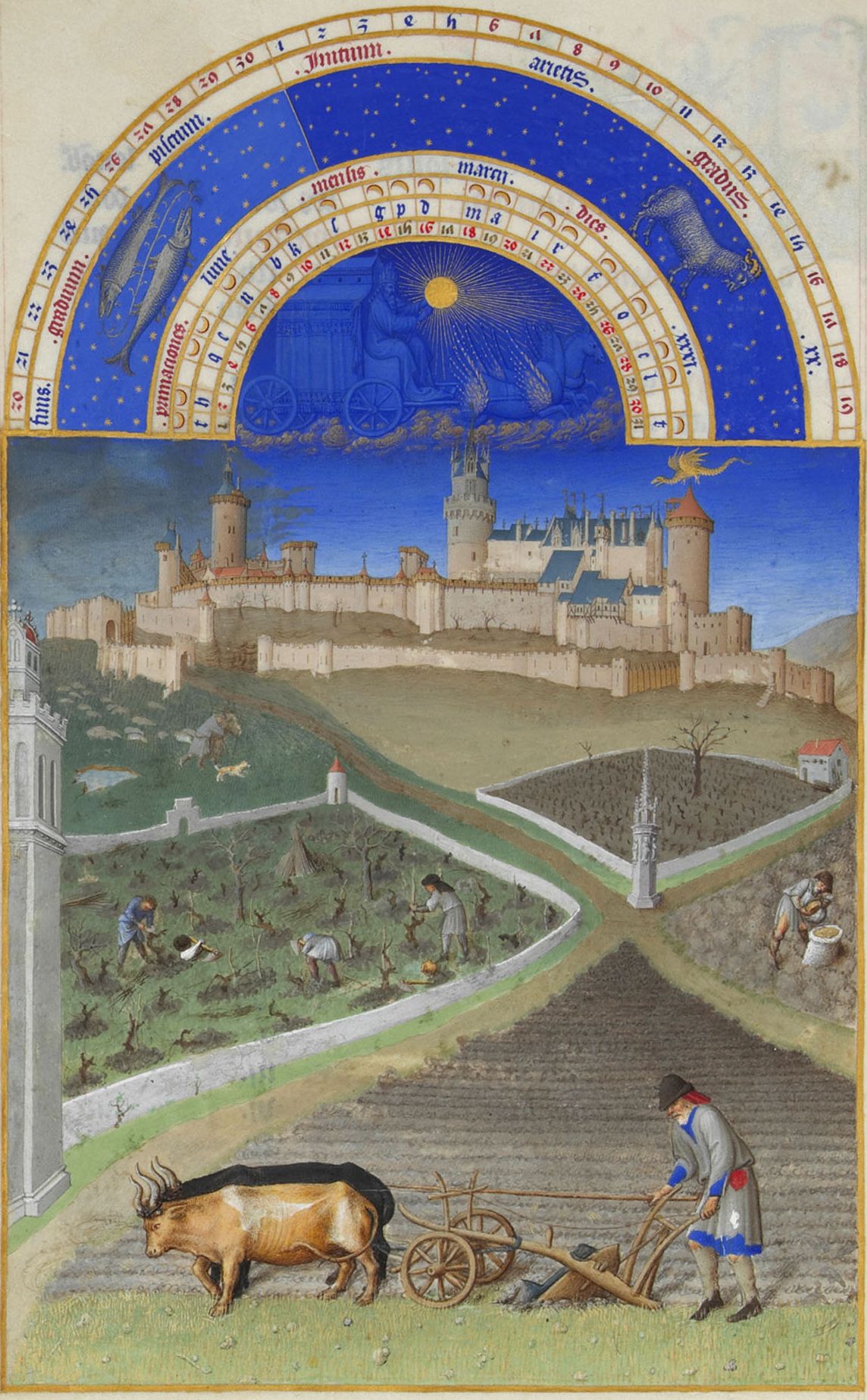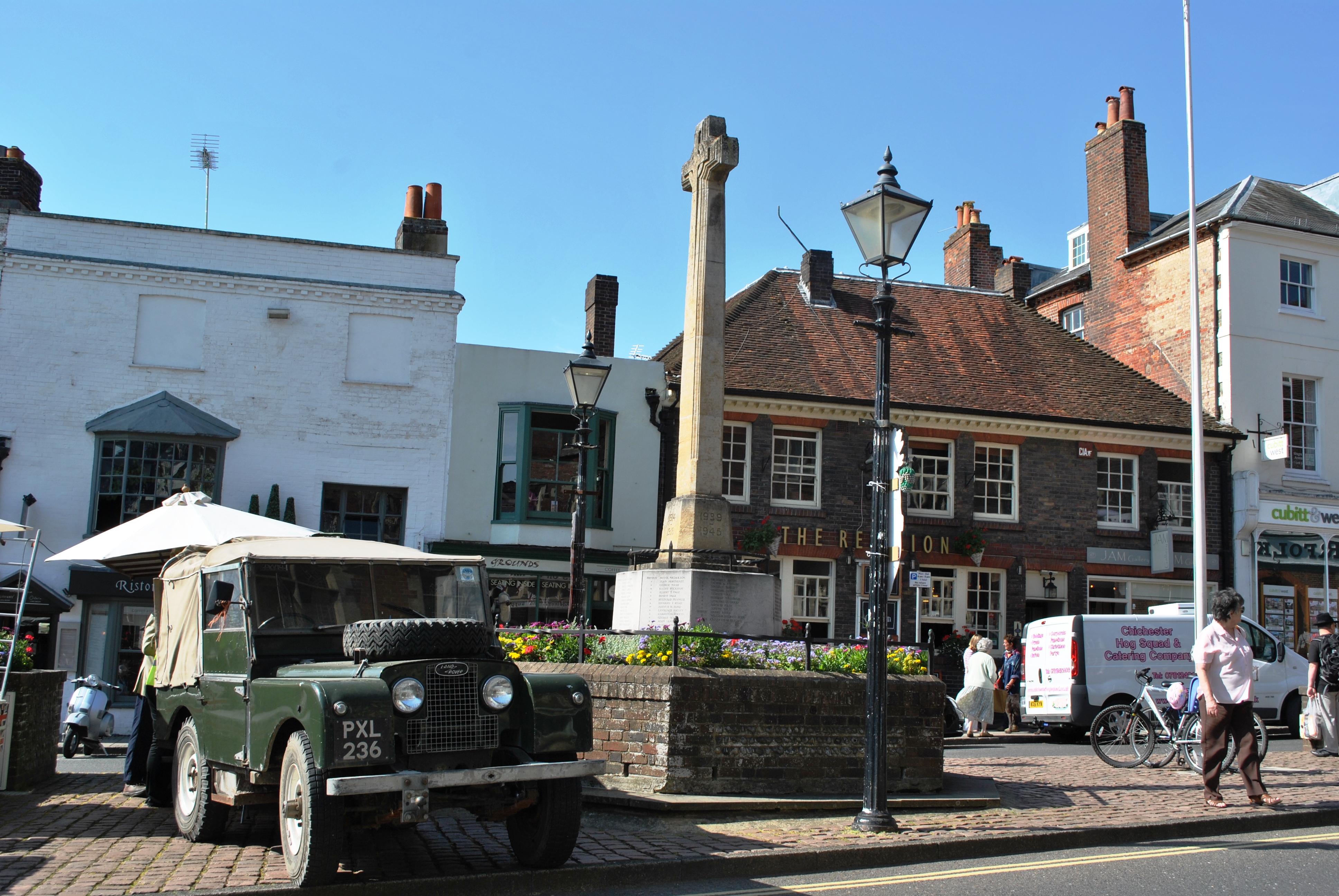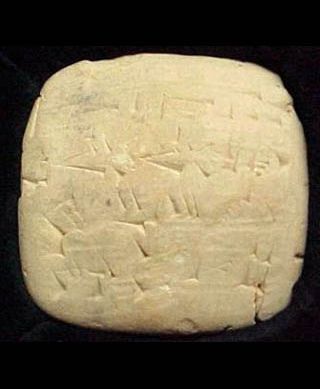|
Lurgashall
Lurgashall is a village and civil parish in the Chichester district of West Sussex, England, 6.5 km (4 ml) north west of Petworth, just inside the South Downs National Park. The population at the 2011 Census was 609. History The church has had many additions over the years, it still retains some evidence of the original Saxon structure. The village had become almost extinct in 1100, and finds no mention in the Domesday Book of 1086. After the Norman Conquest, the King gave the Lurgashall area to a Norman family called Alta Rippa, who built a Manor House there in about 1100. The Manor House itself has not survived but the area that the estate occupied is now Park Farm, which gets its name from the Deer Park which the Alta Rippa family established in about 1200. The coming of the Manor revived the village's fortunes and it grew in importance throughout the feudal period. An account of what it was like to live in the village in the early part of the 20th century is given in t ... [...More Info...] [...Related Items...] OR: [Wikipedia] [Google] [Baidu] |
Ebernoe Horn Fair
Ebernoe Horn Fair is held in the small Sussex village of Ebernoe, the location of which is about five miles north of Petworth (). The fair is held annually on Saint James's Day, 25 July. The tradition is centuries old though it appears to have been revived in 1864 after a long lapse. The celebration is held on the village common and the main attraction is a cricket match between Ebernoe and a nearby village. Towards the end of the day the highest scoring batsman is presented with a set of horns. These are taken from a sheep which has been roasted during the day. It is thought the presentation of horns is associated with the custom of dressing up with horns as a symbol of cuckoldry (a cuckold is an old English term for a man whose wife has had an adulterous affair. It relates to the cuckoo, a bird which lays its eggs in another bird's nest). Centuries ago horn fairs were boisterous events where cuckoldry and seduction would not be unknown. The practice of dressing up with horns is al ... [...More Info...] [...Related Items...] OR: [Wikipedia] [Google] [Baidu] |
United Kingdom Census 2011
A Census in the United Kingdom, census of the population of the United Kingdom is taken every ten years. The 2011 census was held in all countries of the UK on 27 March 2011. It was the first UK census which could be completed online via the Internet. The Office for National Statistics (ONS) is responsible for the census in England and Wales, the General Register Office for Scotland (GROS) is responsible for the census in Scotland, and the Northern Ireland Statistics and Research Agency (NISRA) is responsible for the census in Northern Ireland. The Office for National Statistics is the executive office of the UK Statistics Authority, a non-ministerial department formed in 2008 and which reports directly to Parliament. ONS is the UK Government's single largest statistical producer of independent statistics on the UK's economy and society, used to assist the planning and allocation of resources, policy-making and decision-making. ONS designs, manages and runs the census in England an ... [...More Info...] [...Related Items...] OR: [Wikipedia] [Google] [Baidu] |
Manorialism
Manorialism, also known as the manor system or manorial system, was the method of land ownership (or " tenure") in parts of Europe, notably France and later England, during the Middle Ages. Its defining features included a large, sometimes fortified manor house in which the lord of the manor and his dependents lived and administered a rural estate, and a population of labourers who worked the surrounding land to support themselves and the lord. These labourers fulfilled their obligations with labour time or in-kind produce at first, and later by cash payment as commercial activity increased. Manorialism is sometimes included as part of the feudal system. Manorialism originated in the Roman villa system of the Late Roman Empire, and was widely practiced in medieval western Europe and parts of central Europe. An essential element of feudal society, manorialism was slowly replaced by the advent of a money-based market economy and new forms of agrarian contract. In examining ... [...More Info...] [...Related Items...] OR: [Wikipedia] [Google] [Baidu] |
Cricket At Lurgashall
Cricket is a bat-and-ball game played between two teams of eleven players on a field at the centre of which is a pitch with a wicket at each end, each comprising two bails balanced on three stumps. The batting side scores runs by striking the ball bowled at one of the wickets with the bat and then running between the wickets, while the bowling and fielding side tries to prevent this (by preventing the ball from leaving the field, and getting the ball to either wicket) and dismiss each batter (so they are "out"). Means of dismissal include being bowled, when the ball hits the stumps and dislodges the bails, and by the fielding side either catching the ball after it is hit by the bat, but before it hits the ground, or hitting a wicket with the ball before a batter can cross the crease in front of the wicket. When ten batters have been dismissed, the innings ends and the teams swap roles. The game is adjudicated by two umpires, aided by a third umpire and match referee in ... [...More Info...] [...Related Items...] OR: [Wikipedia] [Google] [Baidu] |
Village Hall
A village hall is a public building in a village used for various things such as: United Kingdom In the United Kingdom, a village hall is usually a building which contains at least one large room (plus kitchen and toilets), is owned by a local government council or independent trustees, and is run for the benefit of the local community. It is estimated that there are over 10,000 such village halls. Such a hall is typically used for a variety of public and private functions, such as: * Parish council meetings *Polling station for local and national elections *Sports club functions * Local drama productions *Dances * Jumble sales *Private parties such as birthdays or wedding receptions Village halls are generally run by committees, and if not already part of a local government body such as a parish council, then such committees are eligible for charitable status. They may have other names such as a Village Institute or Memorial Hall. In some localities a church hall or commun ... [...More Info...] [...Related Items...] OR: [Wikipedia] [Google] [Baidu] |
Greene King
Greene King is a large pub retailer and brewer. It is based in Bury St Edmunds, Suffolk, England. The company owns pubs, restaurants and hotels. It was listed on the London Stock Exchange until it was acquired by CK Assets in October 2019. History The brewery was founded by Benjamin Greene in Bury St. Edmunds in 1799. In Richard Wilson's biographical analysis of the Greene family, he credits various family members for being able to achieve distinction in the worlds of business and banking, literature (Graham Greene, for example) and broadcasting in the nineteenth and twentieth centuries.' In 1836 Edward Greene took over the business and in 1887 it merged with Frederick William King's brewing business to create Greene King. Greene King has grown via mergers and acquisitions, including Rayments Brewery (1961), the Magic Pub Company (1996), Hungry Horse (1996), Morland Brewery (1999), Old English Inns (2001), Morrells (2002), a large part of the Laurel Pub Company (2004) ... [...More Info...] [...Related Items...] OR: [Wikipedia] [Google] [Baidu] |
Arundel
Arundel ( ) is a market town and civil parish in the Arun District of the South Downs, West Sussex, England. The much-conserved town has a medieval castle and Roman Catholic cathedral. Arundel has a museum and comes second behind much larger Chichester in its number of listed buildings in West Sussex. The River Arun runs through the eastern side of the town. Arundel was one of the boroughs reformed by the Municipal Reform Act 1835. From 1836 to 1889 the town had its own Borough police force with a strength of three. In 1974 it became part of the Arun district, and is now a civil parish with a town council. Name The name comes from the Old English ''Harhunedell'', meaning "valley of horehound", and was first recorded in the Domesday Book. Folk etymology, however, connects the name with the Old French word ''arondelle'', meaning "swallow", and swallows appear on the town's arms. Governance An electoral ward of the same name exists. This ward stretches north to H ... [...More Info...] [...Related Items...] OR: [Wikipedia] [Google] [Baidu] |
Football (Soccer)
Association football, more commonly known as football or soccer, is a team sport played between two teams of 11 players who primarily use their feet to propel the ball around a rectangular field called a pitch. The objective of the game is to score more goals than the opposition by moving the ball beyond the goal line into a rectangular framed goal defended by the opposing side. Traditionally, the game has been played over two 45 minute halves, for a total match time of 90 minutes. With an estimated 250 million players active in over 200 countries, it is considered the world's most popular sport. The game of association football is played in accordance with the Laws of the Game, a set of rules that has been in effect since 1863 with the International Football Association Board (IFAB) maintaining them since 1886. The game is played with a football that is in circumference. The two teams compete to get the ball into the other team's goal (between the posts and under t ... [...More Info...] [...Related Items...] OR: [Wikipedia] [Google] [Baidu] |
Cricket
Cricket is a bat-and-ball game played between two teams of eleven players on a field at the centre of which is a pitch with a wicket at each end, each comprising two bails balanced on three stumps. The batting side scores runs by striking the ball bowled at one of the wickets with the bat and then running between the wickets, while the bowling and fielding side tries to prevent this (by preventing the ball from leaving the field, and getting the ball to either wicket) and dismiss each batter (so they are "out"). Means of dismissal include being bowled, when the ball hits the stumps and dislodges the bails, and by the fielding side either catching the ball after it is hit by the bat, but before it hits the ground, or hitting a wicket with the ball before a batter can cross the crease in front of the wicket. When ten batters have been dismissed, the innings ends and the teams swap roles. The game is adjudicated by two umpires, aided by a third umpire and match r ... [...More Info...] [...Related Items...] OR: [Wikipedia] [Google] [Baidu] |
Brewery
A brewery or brewing company is a business that makes and sells beer. The place at which beer is commercially made is either called a brewery or a beerhouse, where distinct sets of brewing equipment are called plant. The commercial brewing of beer has taken place since at least 2500 BC; in ancient Mesopotamia, brewers derived social sanction and divine protection from the goddess Ninkasi. Brewing was initially a cottage industry, with production taking place at home; by the ninth century, monasteries and farms would produce beer on a larger scale, selling the excess; and by the eleventh and twelfth centuries larger, dedicated breweries with eight to ten workers were being built. The diversity of size in breweries is matched by the diversity of processes, degrees of automation, and kinds of beer produced in breweries. A brewery is typically divided into distinct sections, with each section reserved for one part of the brewing process. History Beer may have been known in Neo ... [...More Info...] [...Related Items...] OR: [Wikipedia] [Google] [Baidu] |
Noah's Ark
Noah's Ark ( he, תיבת נח; Biblical Hebrew: ''Tevat Noaḥ'')The word "ark" in modern English comes from Old English ''aerca'', meaning a chest or box. (See Cresswell 2010, p.22) The Hebrew word for the vessel, ''teva'', occurs twice in the Torah, in the flood narrative (Book of Genesis 6-9) and in the Book of Exodus, where it refers to the basket in which Jochebed places the infant Moses. (The word for the Ark of the Covenant is quite different.) The Ark is built to save Noah, his family, and representatives of all animals from a divinely-sent flood intended to wipe out all life, and in both cases, the ''teva'' has a connection with salvation from waters. (See Levenson 2014, p.21) is the vessel in the Genesis flood narrative through which God spares Noah, his family, and examples of all the world's animals from a global deluge. The story in Genesis is repeated, with variations, in the Quran, where the Ark appears as ''Safinat Nūḥ'' ( ar, سَفِينَةُ نُو ... [...More Info...] [...Related Items...] OR: [Wikipedia] [Google] [Baidu] |









